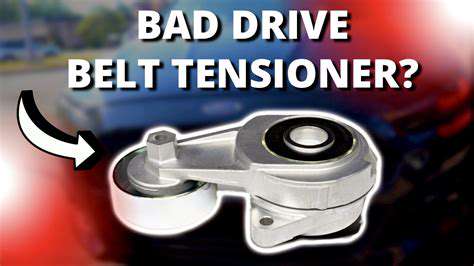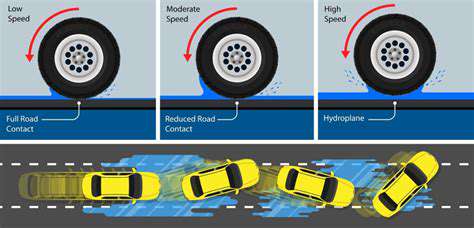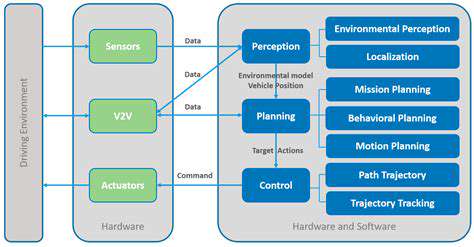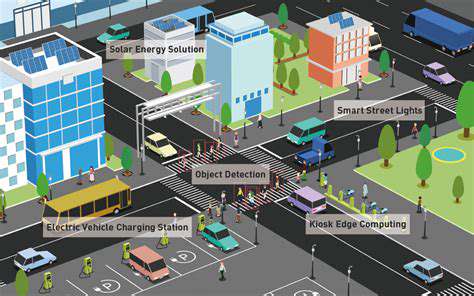Signs of a Failing Drive Belt Tensioner

Early Warning Signs
When a drive belt tensioner starts failing, it often gives subtle hints before serious problems arise. One of the first things you might notice is an unusual humming or clicking sound coming from the engine area, especially near where the belt is located. This noise tends to get louder when you accelerate. Sometimes it comes and goes, making it easy to miss during normal driving.
Your car might also feel different when you press the gas pedal. It could hesitate slightly or not respond as quickly as usual. While these changes might be small, paying attention to them can help you catch issues early. Regularly listening for strange sounds and noticing how your car performs can prevent bigger problems later.
Checking the Tensioner Yourself
Looking at your drive belt tensioner can reveal a lot about its condition. Examine the belt carefully for any cracks, frayed edges, or signs it's wearing out - these often mean the tensioner isn't working right. See if the belt looks loose or out of place. A belt that's too loose or not lined up properly is a clear warning sign.
Try moving the tensioner by hand. It should have some resistance but move smoothly. If it feels loose, stiff, or makes grinding noises when you move it, there's likely a problem. Sometimes you can feel vibrations that you can't see, so this hands-on check is important along with just looking at it.
What Happens If You Ignore It
Putting off tensioner repairs can lead to expensive damage. If the tensioner fails completely, the belt can come off or break, which might wreck parts of your engine. This kind of damage often costs much more to fix than replacing a worn tensioner would have.
Besides engine trouble, a bad tensioner can make your car perform poorly, use more gas, and even cause electrical problems. These issues tend to pile up quickly, turning what could have been a simple repair into a major headache. That's why catching tensioner problems early is so important.
Potential Problems and Solutions
Common Tensioner Issues
A problematic drive belt tensioner can cause several noticeable issues. You might hear loud squealing or grinding noises, especially when speeding up or slowing down. These sounds mean the tensioner isn't keeping the belt tight enough. Your car might also feel sluggish because the loose belt can't transfer power efficiently from the engine to other parts.
If the belt looks loose or damaged when you check it, don't wait to get it fixed. A loose belt can harm other important parts like the alternator or water pump, leading to even more repairs.
Why Tensioners Fail
Tensioners can stop working for several reasons. Normal wear over time is the most common cause. The constant movement and pressure eventually wear out the parts. Dirt and grime getting into the mechanism can speed up this wear and cause corrosion.
Sometimes the problem comes from how the tensioner was installed. If it wasn't put in correctly or the wrong tools were used, it might fail sooner. Skipping regular maintenance checks can also lead to problems that could have been caught early.
Fixing and Preventing Problems
When tensioner issues arise, a mechanic will check several things - the belt's tightness, the tensioner's condition, and whether all parts move smoothly. Often, the solution is simply putting in a new tensioner. This straightforward fix can prevent more serious issues later.
Regular maintenance is the best way to avoid tensioner trouble. Checking the belt and tensioner periodically and keeping them clean helps them last longer. If you notice odd noises or performance changes, get your car checked right away before small problems become big ones.
How you drive affects tensioner life too. Avoiding rough driving and keeping up with maintenance helps your belt system work right for years.
Maintenance and Prevention
Why Maintenance Matters
Keeping your drive belt at the right tension is crucial for your engine's performance. A belt that's too loose or tight can cause problems from annoying noises to serious engine damage. Regular checks should be part of your car's maintenance routine to avoid expensive repairs later.
When the belt tension is correct, all your car's accessories - like the alternator and air conditioning - work smoothly. Neglecting this can make these parts wear out faster and hurt your car's performance.
How Tensioners Work
The tensioner's job is to keep the drive belt tight enough to work properly but not so tight it causes damage. If it fails, the belt might slip or jump teeth on the pulleys, which can break things.
Knowing what a good tensioner should look and sound like helps you spot problems before they get bad. Sometimes tensioner trouble points to other issues in the belt system.
Stopping Problems Before They Start
The best way to avoid belt trouble is regular checks. Look at the belt for wear and listen for odd noises. Catching small issues early saves money and prevents breakdowns.
Sounds like squealing or grinding from the engine often mean belt or tensioner problems. A well-maintained system runs quietly and smoothly.
When to Get Help
If you think your tensioner might be failing, don't wait to get it checked. A mechanic can tell for sure and fix it before it causes more damage. They'll know if you need just a tensioner, or if the belt and other parts need replacement too.
Replacing worn parts when needed keeps your whole belt system working right. Doing this maintenance helps your engine run better and last longer.











